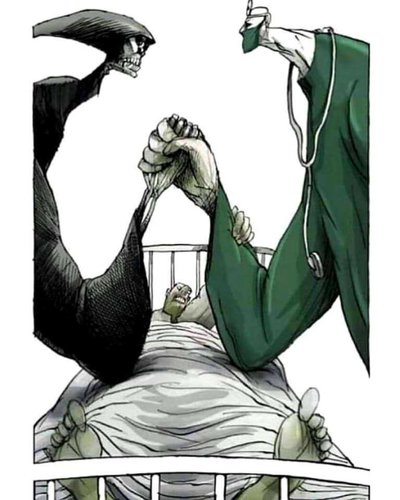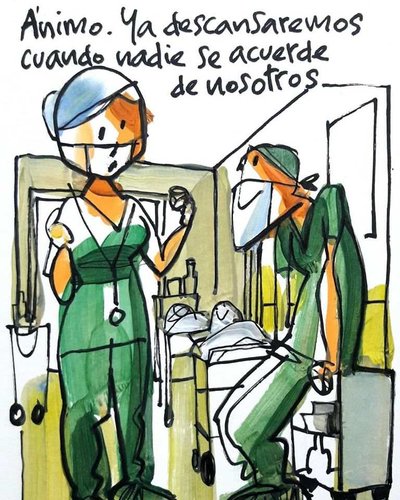The Libération article linked to is
an interview with Vincent-Henri Peuch, Head of the Copernicus Atmosphere Monitoring Service (CAMS).
Peuch in turn refers to an article in
The New England Journal of Medicine (NEJ) which touches on the interval in which SARS-CoV-2/COVID-19 remains infectious under different circumstances. The interval when the virus resides on airborne particles is in the order of 3 hours, the interval when the virus resides on copper (4 hours), cardboard (24 hours), stainless steel (much reduced after 48 hours) and plastic (much reduced after 72 hours)
CAMS is involved in tracking air pollution in, among many other regions, Northern Italy. Mr Peuch says viruses on airborne particles could be a factor in spreading the disease; he goes on to say that, as yet, no proof has been found of that.
He then discusses gaseous pollution and airborne particles, including pollen, in relation to the susceptibilty of asthma-sufferers and others with respiratory diseases to the virus. A polluted environment increases the risk for this part of the population - Mr Peuch mentions 25% of Europeans are allergic to pollen.
Looking at the numbers from NEJ, the virus travelling on airborne particles could be a factor. Think somebody sneezing in a crowded train or shop - plenty of droplets in the air, but for a limited time. The 3 hour infectious interval airborne, in contrast with the virus surviving up to 72 hours (or more) on stainless steel and plastic suggests that the virus travelling long distances is far more likely to be caused by infected individuals travelling the long distances.
Should you be doing your shopping in the night time? If that makes you feel better, certainly. Think placebo effect.

































